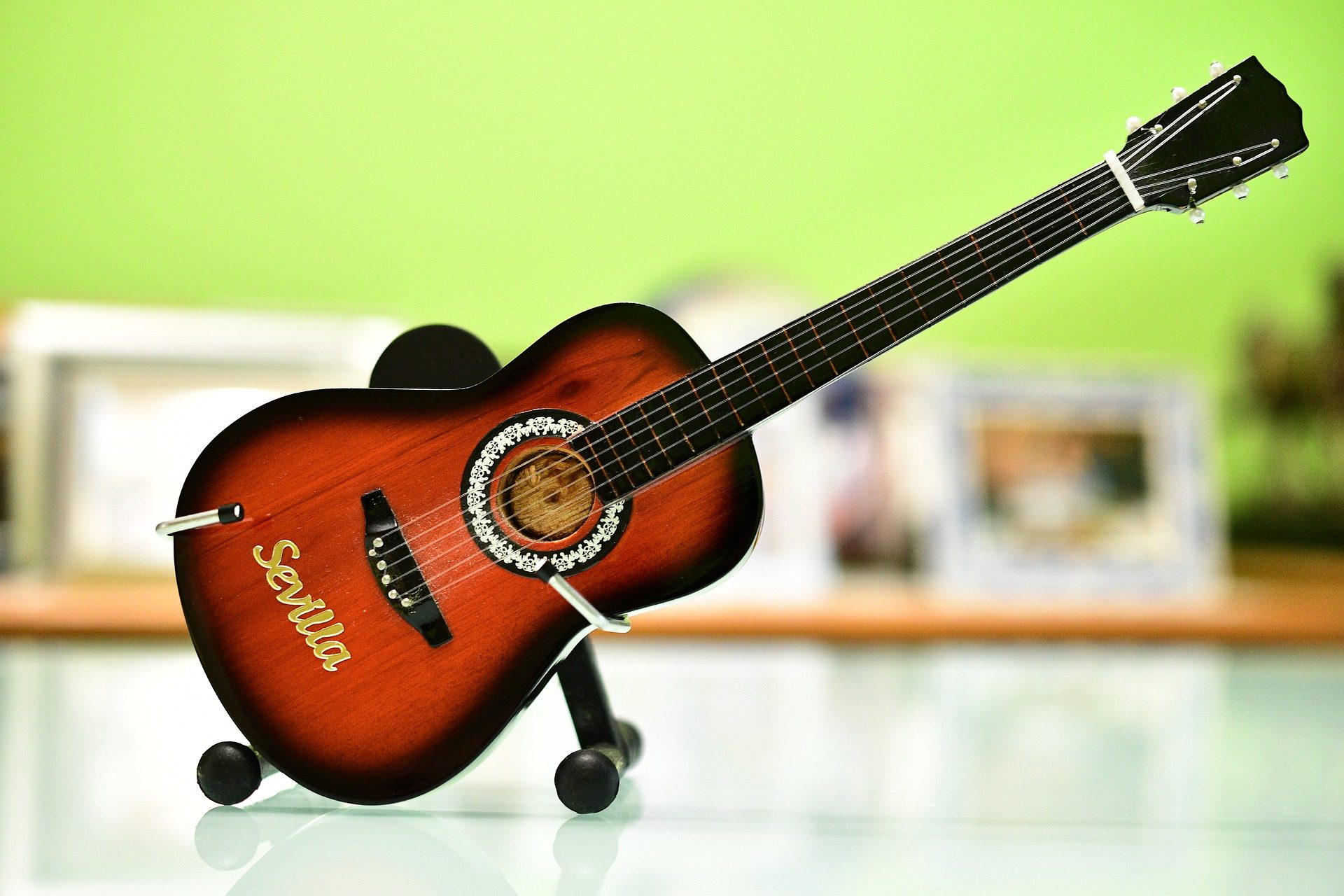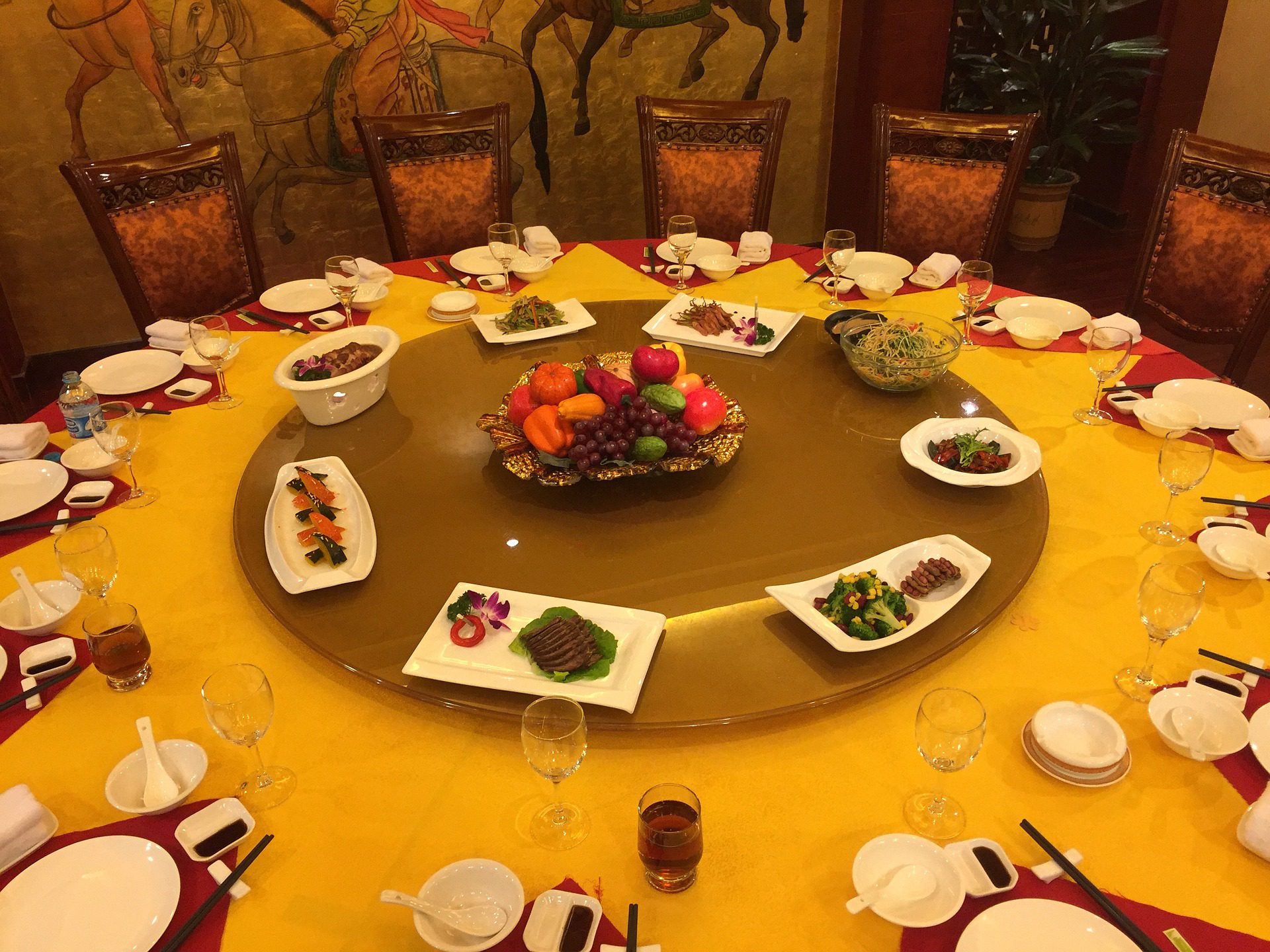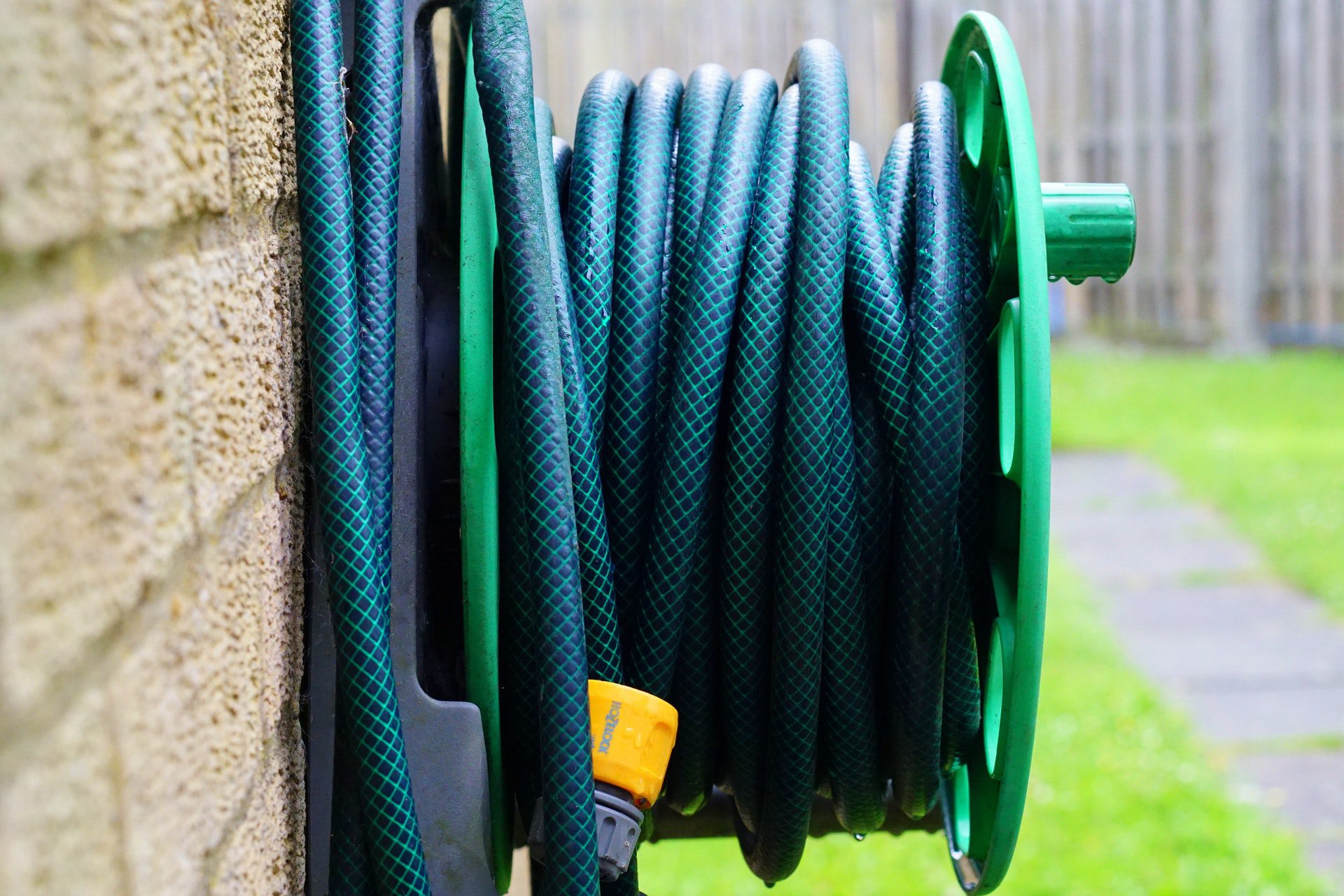Basements often get negative nicknames like “The Dungeon”, and it’s because they’re generally dark, dreary places.
I was afraid of my own unfinished basement as a kid (mostly because I saw horror movies too early, but that’s besides the point).
Nobody wants that. The average basement is somewhere between 700 square feet and 1,000 square feet, and it’s living space that typically isn’t listed if the basement is unfinished. That’s a lot of potential, but also a lot of darkness to light up.
The best lighting for basement areas is going to illuminate every corner, make your basement more inviting (finished or unfinished), and help you actually see what you’re doing while you’re down there. We’ve rounded up the top five, so let’s take a look.
Best Lighting For Basement – Reviews & Buying guide for 2020
Best Overall: Airand LED Ceiling Light Fixture
Built to last and designed to be the best, this simple LED light fixture basically has it all. Airand made this with an excellent 3,600 lumens (great over a pool table or bar), and 36W of power to keep things well-lit throughout the night.
As the best lighting for a basement, it also comes with some hidden features that you didn’t even know you needed. For one, it’s 5000K, which means it enters the realm of emulating natural sunlight.
This spans four feet wide, giving you plenty of light coverage. If you were to use this in a garage or something similar, you have an IP66 waterproof rating to help prevent damage caused by humidity and moisture. Basements can get damp, so this is a big bonus.
Loving the lumen output, but you have a bigger space to worry about?
These can link together. Purchase two or more, and connect them end-to-end up to a maximum of ten in one stretch. IT’s a lot of wattage, but if your basement is a work space or you’re starting a business in there, then visibility is key.
Speaking of visibility, one thing that people don’t discuss often enough is lighting angles. Wide angles can disperse light evenly, but not powerfully, or it can be concentrated. Basically, a spotlight versus a chandelier. Airand gives you a 180° lighting angle to help illuminate everything beneath it, no matter what.
Airand also covers this with a 100% satisfaction guarantee. That sounds like smoke in mirrors, but they back it up with three years devoted to that promise. You’re going to love it, or they’re going to make it right, one way or the other.
- Type: LED
- Brightness: 3,600 lumens
- Color: Cold white
- Wattage: 36W
Runner Up: Biglight Dimmable LED Track Light
These are like little studio lights, and honestly, they’re one of the most attention-grabbing lights that I’ve ever seen.
You get a total of three lights with 500 lumens each, so these should be used in dedicated areas unless you buy multiple to light up your entire basement. Great for bar lights or over a computer setup/workbench.
These lights are completely remote controlled. Adjust the timer duration, brightness, and turn them on/off with the remote. If you want to angle the individual lights, you have to do it by hand (which isn’t an inconvenience unless you have super high ceilings).
If you’re trying to create an ambient atmosphere in your basement, you can use these to create individual mini spotlights on guitars hanging on the wall, portraits, posters, or just about anything. They can be used to bring attention to your favorite features of any room, even if these aren’t your primary light source.
If you do want these as your primary basement light source, that’s okay as well. They provide 3000K color temperatures, meaning a yellow-ish hue for low levels of light, which is why these are recommended for more intimate settings or dedicated spaces.
Are these the most powerful LEDs you could get?
Not by a long shot, but it’s not always about power. These are situational, and long-lasting. Each LED has a 30,000 hour lifespan, which is the equivalent to over one full decade if you use these for eight hours per day, every single day without fail.
Low energy consumption, 310° rotating spotlights heads, and an easy installation process all make this a simple, effective choice for most basement spaces.
- Type: LED
- Brightness: 500 lumens (per bulb, 1,500 in total)
- Color: White
- Wattage: 5.5W
Best Recessed: TorchStar Essential Dimmable Recessed Lighting
Can’t decide on the best recessed lighting for basement spaces? What about twelve of them?
TorchStar brings you a massive 100 watts of equivalent power in these 12W recessed trim lights, which measure about 6” in diameter each.
One of our goals was to bring you the best lighting for basement craft room and workshop locations, and TorchStar fit the bill perfectly.
This comes with a 5% dimmable range, meaning you can take the 850 lumens in each bulb, and bring it all the way down to just 42.5 lumens. That’s enough to light the space over your desk perfectly in a small glow (about two square feet worth of lighting space).
Apart from that, there’s a dampness rating on here that works perfectly for muggy basement spaces as well as garages. If one of your concerns is that you don’t have sufficient insulation and it might let moist air inside, these lights will still work well regardless.
TorchStar is ETL-listed, ensuring the quality and safety for all of these LED lights. They provide a five-year warranty as well, so you can have complete peace of mind knowing that your lights are going to work, or TorchStar is going to take care of the situation for you.
However, I highly doubt you would need to do that. These LEDs have a 36,000 hour rating, which is equivalent to 12.3 years worth of use at eight hours every single day.
You read that right – these LEDs are equipped to last at least longer than a decade, and when they eventually burn out, they’re easily replaced without having to take the recessed enclosure out of the ceiling.
- Type: Recessed LED
- Brightness: 850 lumens
- Color: Cool white
- Wattage: 12W
Runner Up: Sunco Lighting Recessed LED Downlights
When we tested these, our expectations were fair, to say the least. However, Sunco really came out with something exceptional here, and it blew our minds a bit. Featuring an ultra bright 5000K output, you’re in the beginning stages of emulating outdoor sunlight in your very own home.
Basement ceiling lighting can be tricky, which is why Sunco made sure this met UL and Energy Star standards for safety and optimized performance. You’re not going to run your utility bills sky high by using these lights, which comes as a nice bit of reassurance.
In total, you get ten recessed LED lights here, which all have to be hardwired. Each is 4” in diameter, making the individual lights fairly small for the power that they provide.
I want to point out that we chose the 5000K lights to talk about, as they’re the best deal and most attractive lighting point. They have five options in total, from 2700K up to 6000K, so whatever you want for your basement, you can get from this one lineup of Sunco recessed LED downlights.
Completely dimmable from 10% total light output up, you get to set the mood for whatever you’re doing. One night you could be using the bar to talk with friends at 20% output, the next, it could be playing poker with 50% output so you can actually see what you’re doing. It’s all in your hands and completely customizable.
Sunco also puts the pressure on their competitors by offering a staggering seven-year warranty on these lights. For individual small lights, that’s a lot of confidence in their products.
Last but not least, there’s a few quick features I want to run down. The light angle is 90°, which means they should be placed right above where you want the light to shine down.
Each light if flicker-free, has a 35,000 hour lifespan (roughly 12 years of use at 8 hours every day), and a dampness rating to resist moisture that often creeps up in basements.
- Type: Recessed LED
- Brightness: 660 lumens
- Color: 5000K Daylight
- Wattage: Up to 60W
Best Single Fixture: Barina T5 Integrated LED Basement Lights
Basement LED lighting can have its ups and downs, but more often than not, it’s going to bode well for you. Especially when you get a six-pack of individual LED lights from Barina.
Six individual LED lights all add up to a max of 6500K, which is just about as bright as it can get. This bluish-white light emulated natural sunlight exceptionally well.
What’s better is that they’re only 20W each, so you’re not running a ridiculously high bill for this level of brightness.
In total, you have four feet or lights that can connect end-to-end. They can be flush with one another, or through a cable so you can space them out a little bit.
These do not have to be hardwired, so if you want, you can just connect them to a standard 110V outlet.
The included cord is 59” long, so depending on your placement, it might be enough to hook things up discreetly. For many people though, you’ll have to run a short extension cable if you’re hanging these on the ceiling.
Barina guarantees these with a three-year warranty, which is more than you end up getting with most LED manufacturers. The thing is, this mostly applies to manufacturer defects, not if the LED burns out from overuse. They should last up to ten years, however.
These are most often used in garages for under cabinet lighting, but because they’re so small, you could even use some of them in bar cabinets in your mini pub in the basement. There’s a simple on/off switch, so you could do this at your leisure.
- Type: LED
- Brightness: 2,200 lumens
- Color: 6500K daylight
- Wattage: 20W
Best Lighting for Basement Buying Guide and FAQ
How Many Lumens per Square Foot?
Every basement is different, but we do know that a small basement is usually 700 square feet, an average is around 1,000 square feet, and around the 1,300 mark is when we can define them as large.
And these are all in one big space, which is pretty fantastic. The bigger your space, the more lumens you’re going to need to keep it well-lit.
Lighting for basement spaces should have approximately 5,000 lumens per 250 square feet, or a 1:20 ratio. For every single square foot of space you have, you need 20 lumens.
For a small basement, you would need 14,000 lumens to make it completely bright in every single corner.
For an average basement, you would need 20,000 lumens to make it clear as daylight and 100% illuminated.
For larger basements of 1,300 square feet or over, that’s a whopping 26,000 lumens to make things bright.
But do you really need that much? Does it have to be that bright?
You can get away with less lumens (and a lower energy bill in return) by being strategic with your placement. If you’re remodeling a basement, you should know where key POIs are going.
A bar on the back wall, a couch and TV near the stairs – whatever you’re planning, you can use basement lights intelligently to have just enough brightness to get by, and leave smaller patches of darkness (or rather, less-lit patches) in between key areas.
What Color (K) of Lights do I Pick?
This is referred to as color temperature, and in LEDs, it’s a very big buying factor for a lot of people. This is how they work.
A (K) value will be placed at the end of a number that defines the color temperature of a specific LED bulb. The higher the rating, the whiter and brighter it’s going to be.
If you want to apply LEDs to a project that isn’t something simple like recessed lighting, you can do that with the right color values. Walkways, stairwells, just about anything can be improved with LED lighting.
LED basement stairway lighting with a color value of 2800K will be a low, almost yellow-white color and produce what’s called a warm color temperature.
If you put LEDs in your walkway outside, you can upgrade to about 3500K, which is basically a clear white. This works well for proper illumination at night.
But for large basements with no windows to produce light, you can opt for the 5000K through 6500K settings, which simulate the same bluish-white color of daylight. Keep in mind, these actually produce blue light, so be wary when it comes to your eyes.
The higher the color value, the brighter it’s going to be, and the colors are going to change slightly.
Do LED Recessed Lights Get Hot and do They Need Separate Housing?

All synthetic light sources are going to pull heat, no matter what. It’s just important to know that right now. The incandescent light bulb was made to illuminate; producing heat was just a byproduct.
While I’m hyping up LED lights a lot in this guide, they’re not perfect. They still produce heat. The difference is that LEDs run off of a control panel (usually), which includes support for heat sinks located in the base of each LED bulb.
A heat sink is used to pull heat – which is the byproduct of energy transference (electricity to light) – away from the actual light source.
Heat is lost while it transfers to the heat sink, and because the heat sink isn’t supplied with a direct source of heat-causing power, it simply gets hot and then naturally cools off.
One of the best things about LEDs is that they barely produce any heat. Recessed lighting used to have issues with plates/caps melting when they were fitted with 60W+ incandescent bulbs, which is why the entire recessed lighting phase took a step back.
Now with LEDs practically everywhere, you’re able to have low-heat alternatives. You can hook up more LEDs to the same electrical wiring without worrying that it’s going to overheat or surge, which means more recessed lighting.
Fixture vs. Recessed?
Incandescent, fluorescent, LED – they can all be put in recessed lighting or in fixtures.
This is more of a generalized statement here, because while LEDs are the superior lighting option here, you could do recessed lighting or fixtures all around the home with multiple different light sources. The main differences are:
Bulk
Recessed lighting is built into the ceiling, or sometimes into your wall, but a fixture adds bulk to the rest of the room. Recessed lighting is better for sleek, smooth visible lighting that illuminates a space with no obstructions.
That being said, bulk isn’t necessarily bad; it all depends on what you want. Fixtures can add texture to rooms that are too smooth or feel more like a showroom floor than a living space.
Heat
Recessed lighting can hold more heat in the actual enclosure than a fixture can. Heat is just a byproduct of might lighting, but in this case, that lighting depends.
For LED lighting, it doesn’t give off much heat at all since it uses a low wattage. These are great for recessed lights. Incandescent lighting produces a considerable amount of heat, which is why you don’t see it in recessed fixtures practically at all.
Installation Hassle
It’s a pain in the neck to install recessed lighting. Is the payoff worth it?
Yes, I would argue that it is. Fixtures can lay flush with a wall and be attached (once the wiring is complete), without having to stand on a ladder, hold your hands and heavy tools above your head, and cut major holes in your ceiling.
In short, recessed lighting is more attractive, doesn’t produce clutter, and for LED lights it doesn’t pose a risk of overheating. They’re a bigger pain to install than a fixture, but worth it if you really want that sleek design that recessed lighting offers.
Are All LED Lights Dimmable?

Most of them are, but not all of them. There’s such a wide range for what you can do with LEDs, and that’s because they come in different wattages depending on the use. Let me explain.
When you use a dimmer, you’re basically taking the minimum and maximum wattage allowed by a light, and toying with it. Lowering a dimmer means you’re asking for less watts from your energy source, therefore giving less illumination to the LED.
But the LED light has to be optimized for this. Older LEDs or simple LEDs without dimmable options will either receive enough electricity and turn on, or not receive enough and simply stay off. It’s that black and white.
Dimmable lights have been extremely popular in recent years, and part of that is because they consume a very small amount of energy. That’s a good thing, but not always good for custom lighting.
Everyone on our list comes with fairly high wattage, from 5W up to 100W (equivalent). Many of these lights also have dimmer options as well.
Many LED lights can run off of less than a single watt (I’ve even seen 0.1W lights). Ultra-low wattage gives you less dimming options, and if the wattage per bulb is low enough, manufacturers won’t even consider adding the ability to dim them.
A Vibrant In-Home Retreat
Your basement can become a media room, a streaming setup, a play room for younger kids, or even a man cave/bar area depending on how much you want to put into it.
All of those things need light. Whether you’re installing sconce lights on the wall, using tall lamps in the corners, recessed lighting, what have you—it has to be lit up to be useful. Now you know what you’re been missing; it’s time to get started.














